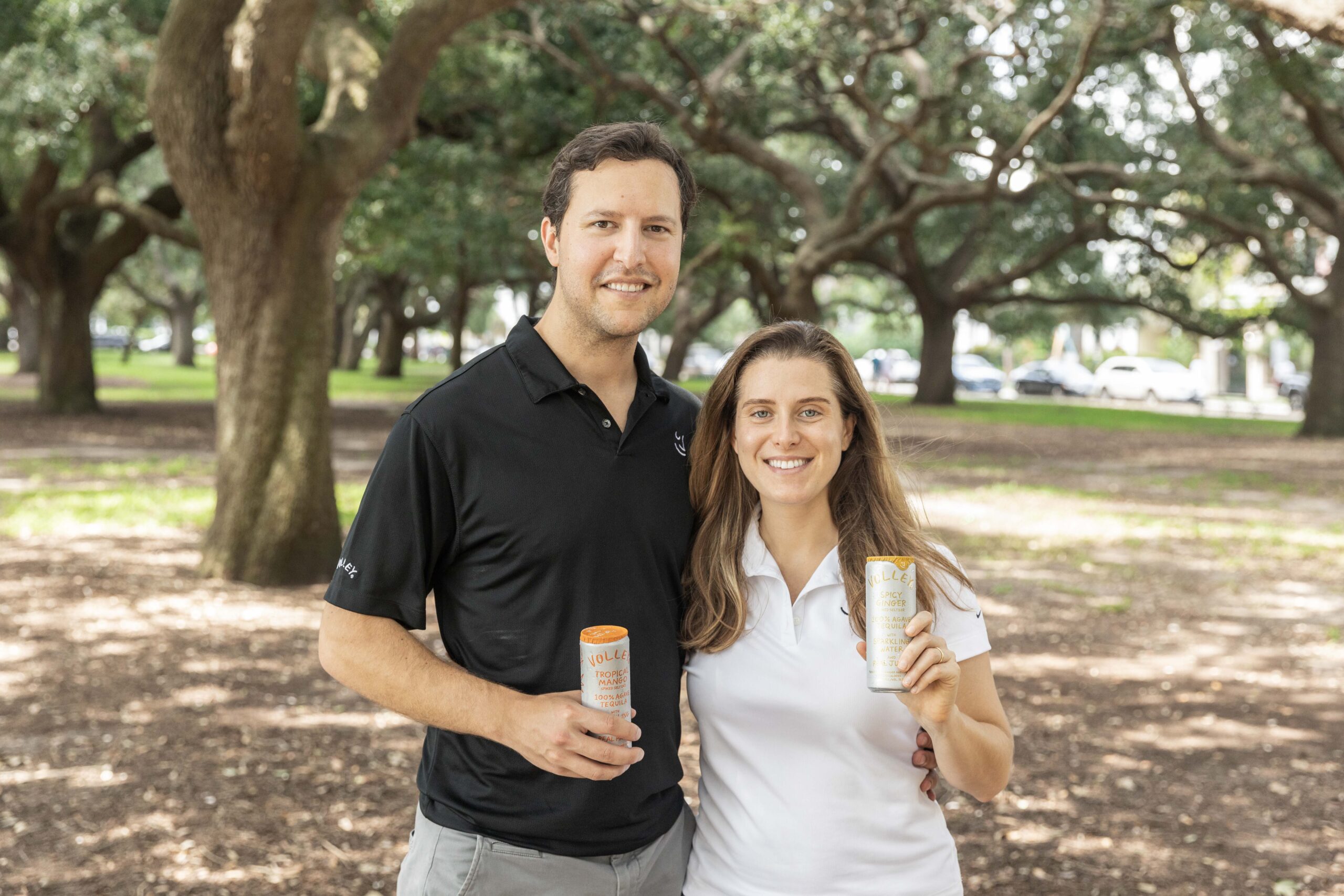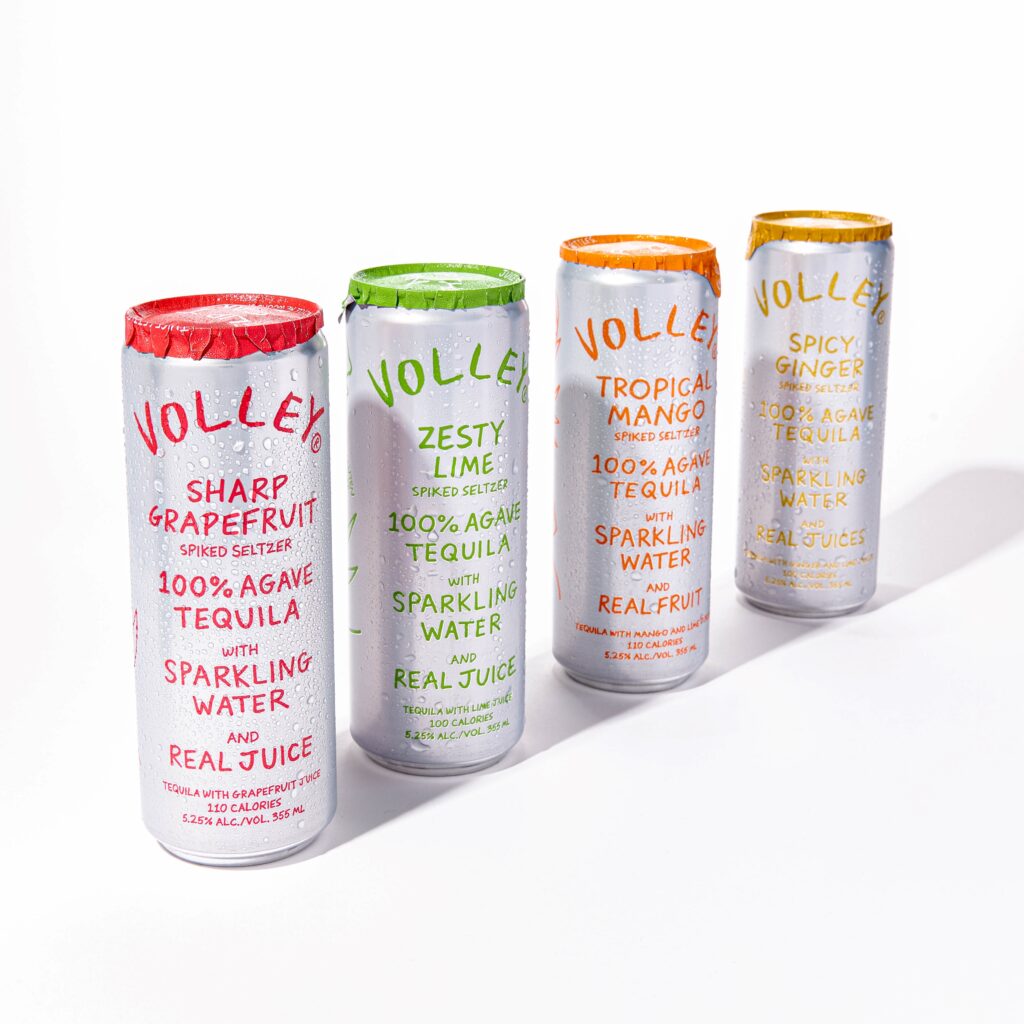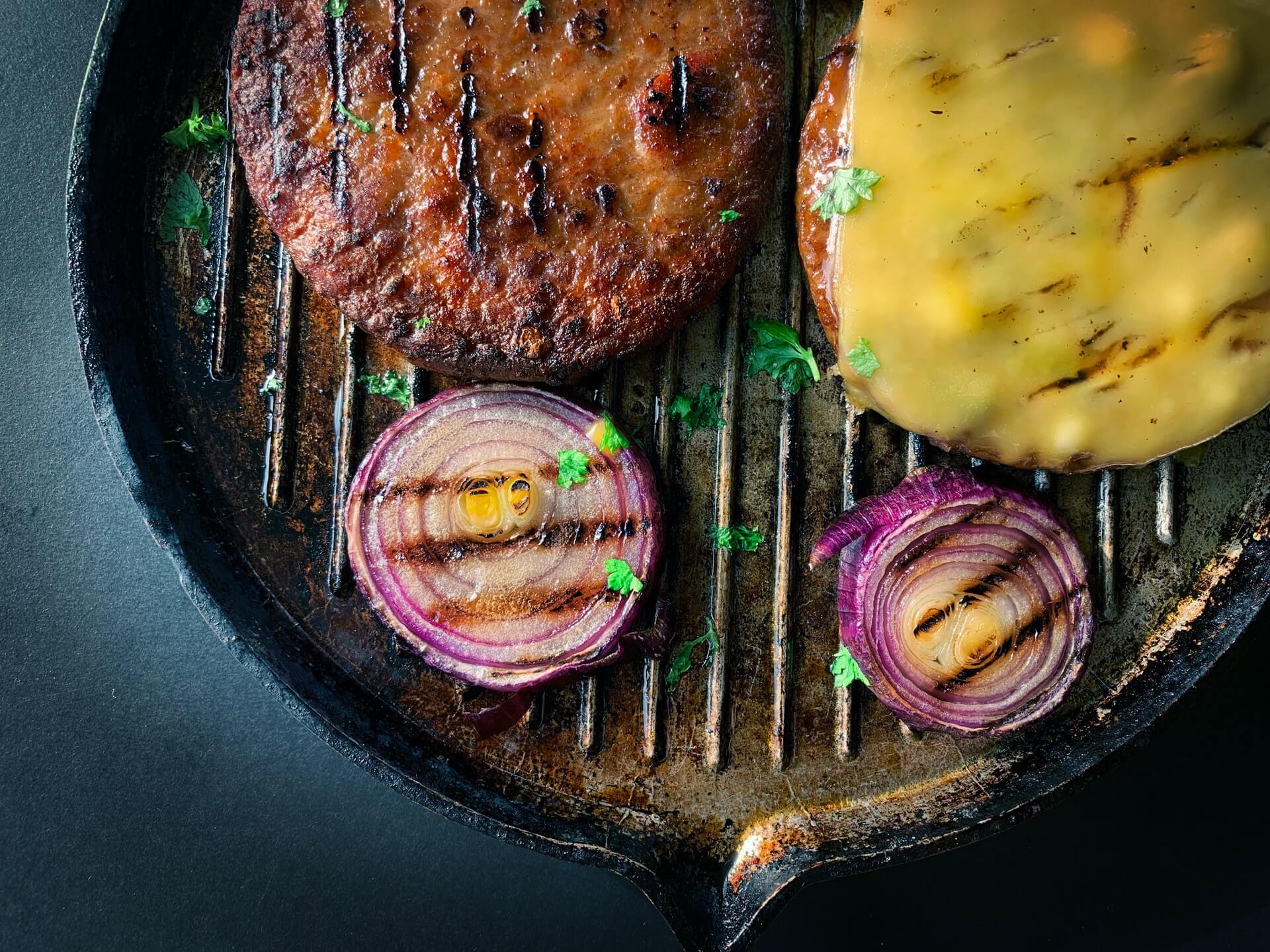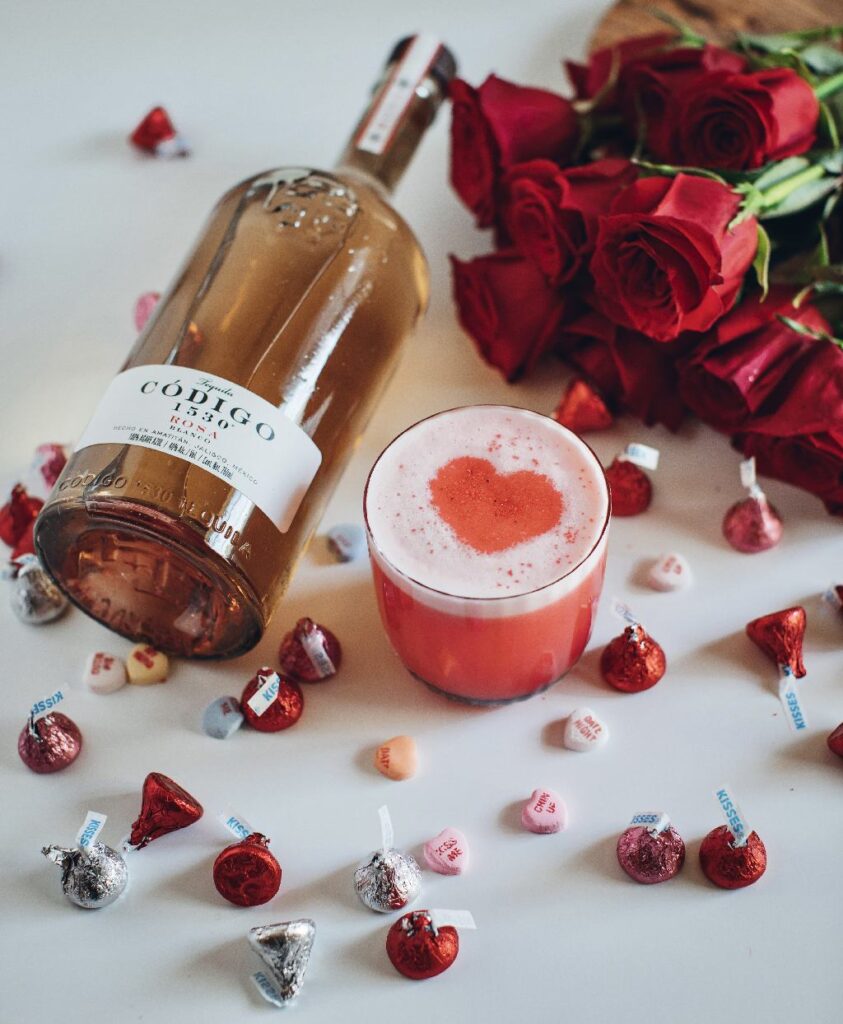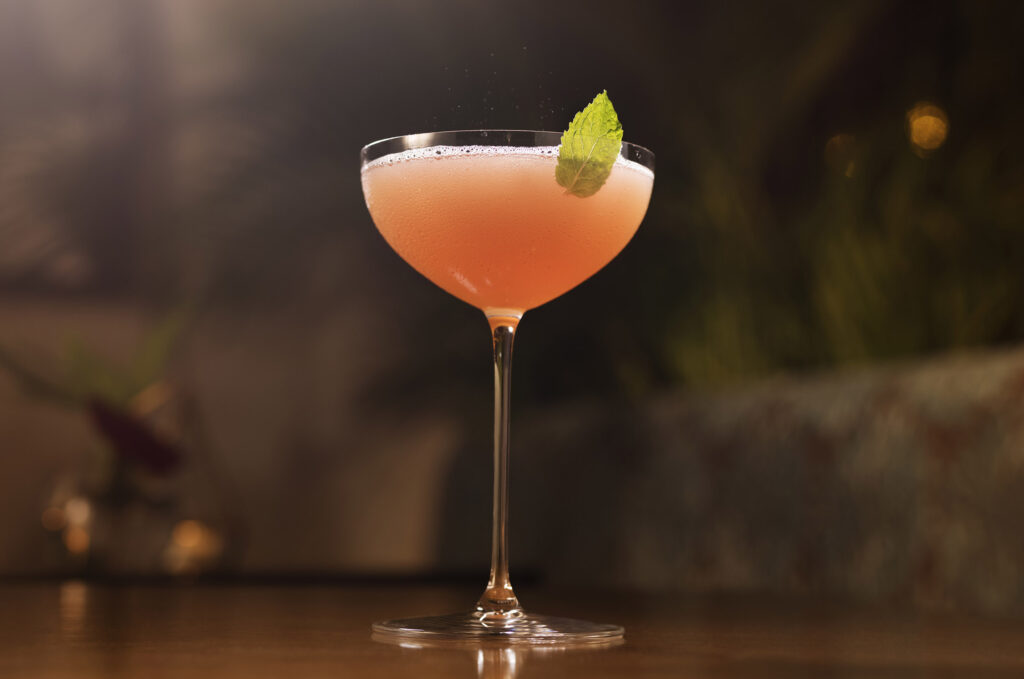The Cocktail that Won’t Die (Hint: It’s not the Zombie)
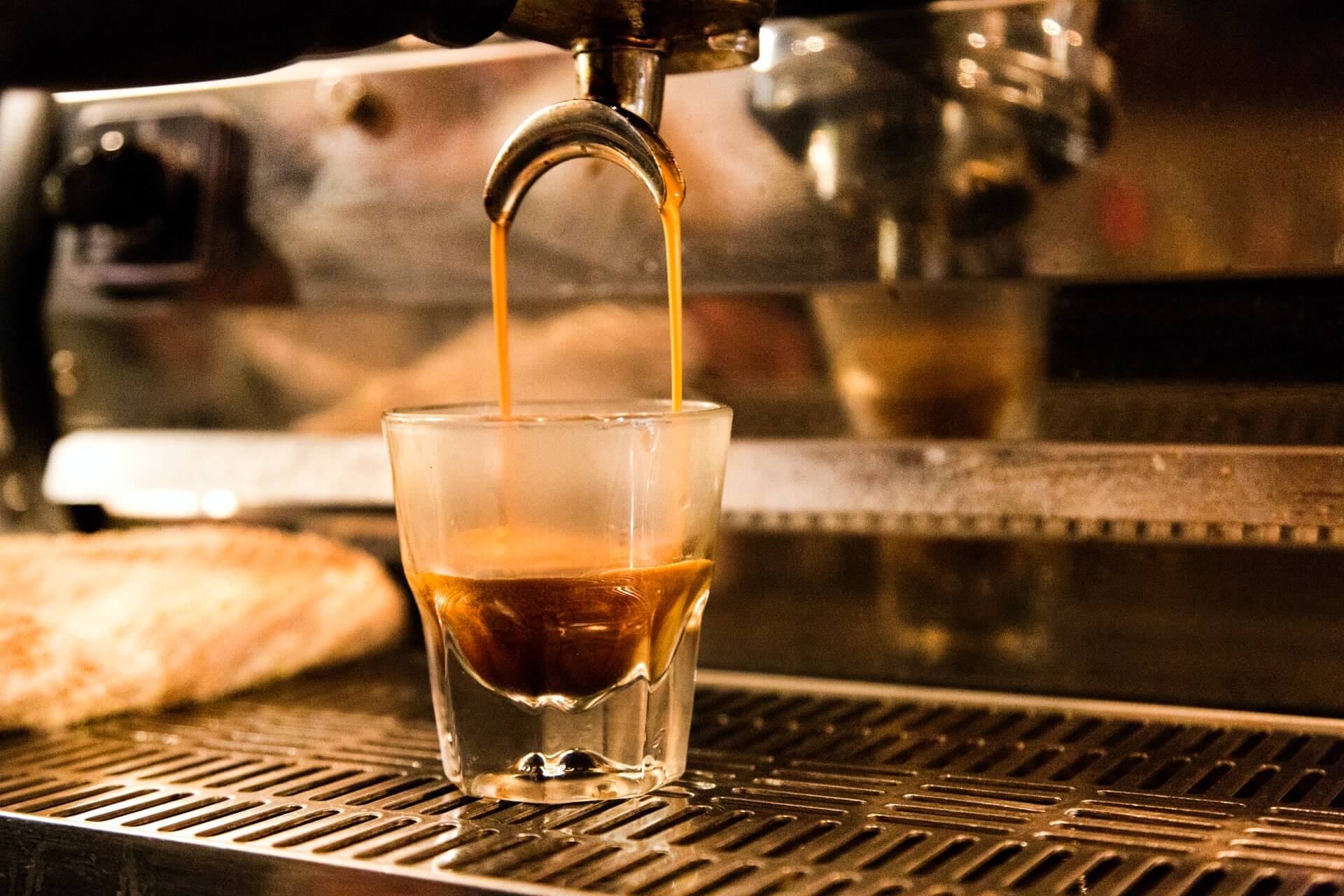
With Cafe Au Lait Day coming up toward the end of this week, let’s revisit a coffee cocktail that seems to see a resurgence every year.
When it comes to this drink, it seems to experience massive popularity for several weeks. Then, people seem to get sick of hearing about (and making) it.
From there, its popularity seems to fade, waiting for guests and bartenders to revive it once more.
And no, I’m not talking about the Zombie or a Corpse Reviver. I’m talking about the Espresso Martini.
Resilient, Revered, Reviled
Of course the Espresso Martini isn’t the only cocktail that can cause a bartender’s eyes to roll toward the back of their skull completely.
The Mojito, layered shots and cocktails, the infamous AMF, the Vodka Martini regularly find themselves on most-hated cocktail lists.
However, with its resurgence in 2021, the Espresso Martini is once again getting attention. Obviously, not all of it is positive.
While the origins of this drink are debatable, it sprang from the mind of a bartender in the ’80s. The caffeinated cocktail saw a spike in popularity in the ’90s. And at various points throughout the 2000s, people have “brought it back.”
Looking back at just the last few years, the Espresso Martini was woken from its slumber in 2018. Then, it rose like a phoenix in 2019. And last year it saw yet another surge.
So, is it a trendy cocktail? A mainstream drink? Are bartenders “bringing it back” every year or two now to rickroll the industry?
Or is this just a tasty cocktail that appeals to a wide range of guests, a modern classic that deserves its place on menus? Perhaps it doesn’t deserve all the hate it receives.
Why the Hate?
Of course, it’s possible that some of the hate aimed toward the Espresso Martini is clickbait fodder that won’t die. Maybe people just expect to find it on most-reviled lists, and it’s no more complex than that.
However, it’s possible that the Espresso Martini has earned a bit of the negativity thrown at it. When it makes any list, the ingredients themselves and build time are cited as reasons why bartenders dislike it.
According to these lists, bartenders also dislike having to shake hot espresso. Still others, supposedly, are offended that coffee flavor dominates and covers up the vodka, Kahlúa, Tia Maria, or other coffee liqueur.
Moreover, the Espresso Martini isn’t really a Martini: there’s no vermouth, no gin. So, it’s possible the negativity emanates from that technicality.
At any rate, you may want to dial in your Espresso Martini for Cafe Au Lait Day (Thursday, February 17).
No, there’s no milk in a traditional Espresso Martini build. But, as I stated just a moment ago, there’s no vermouth or gin in this cocktail either. Why not play fast and loose with yet another technicality on this bar holiday?
Image: Drew Beamer on Unsplash




